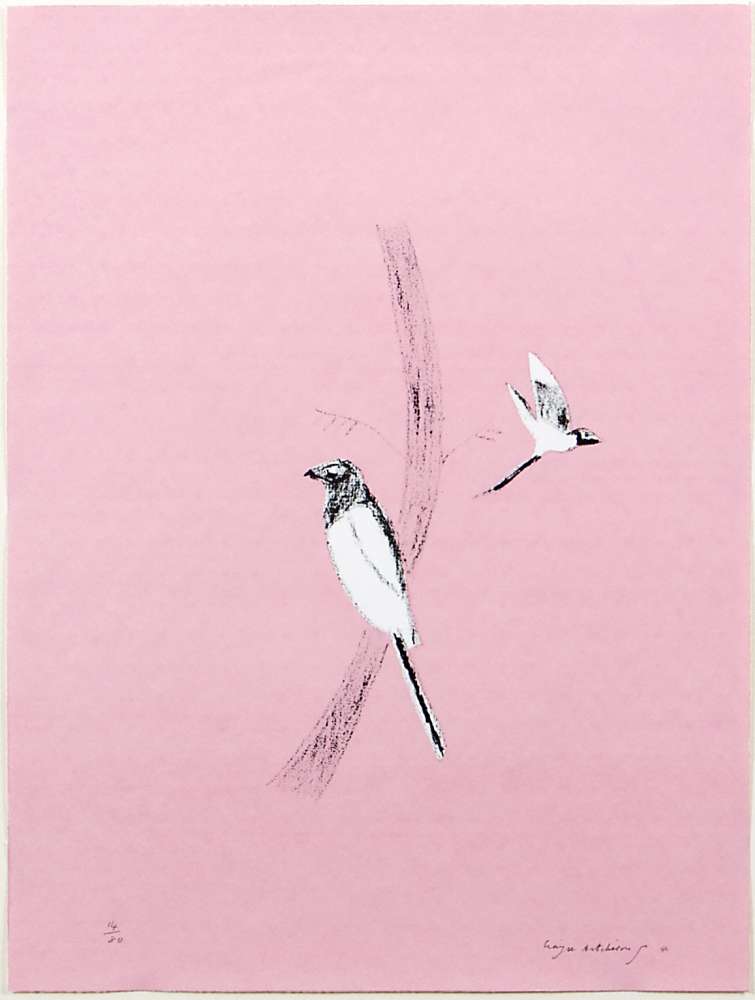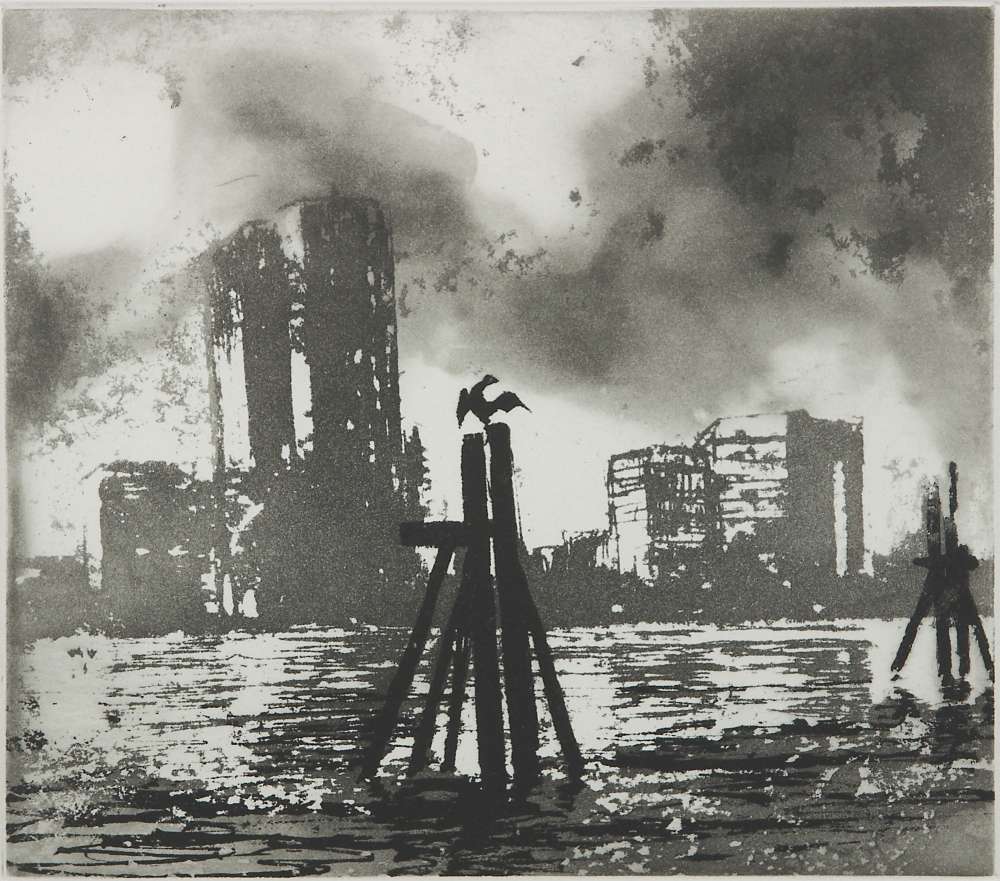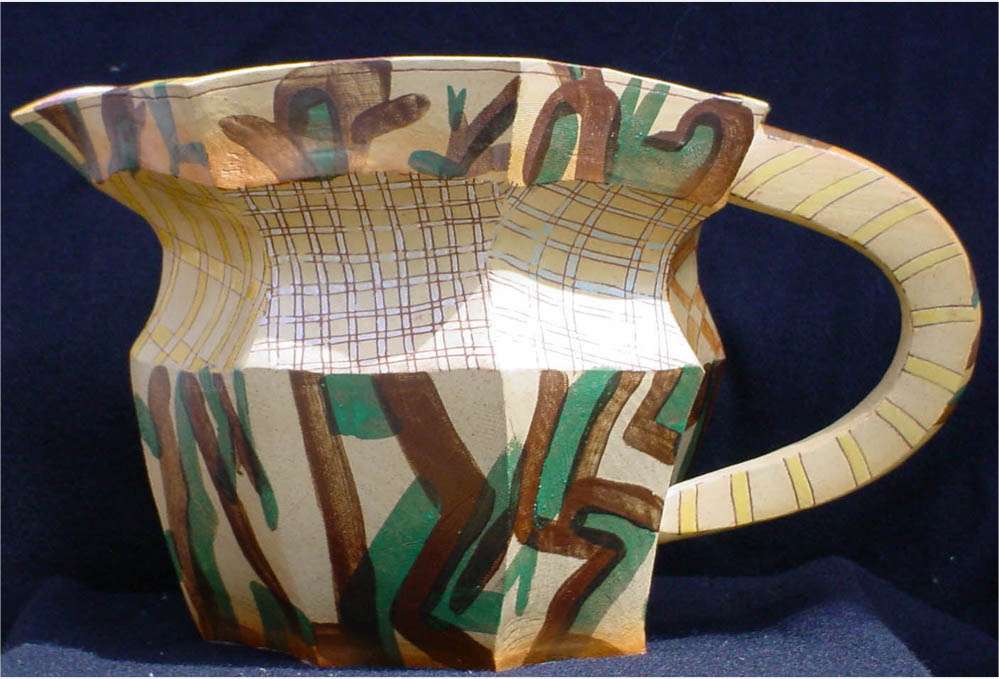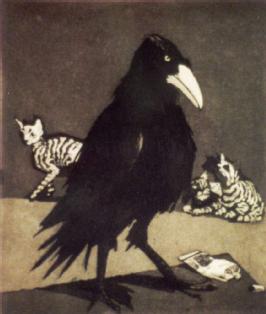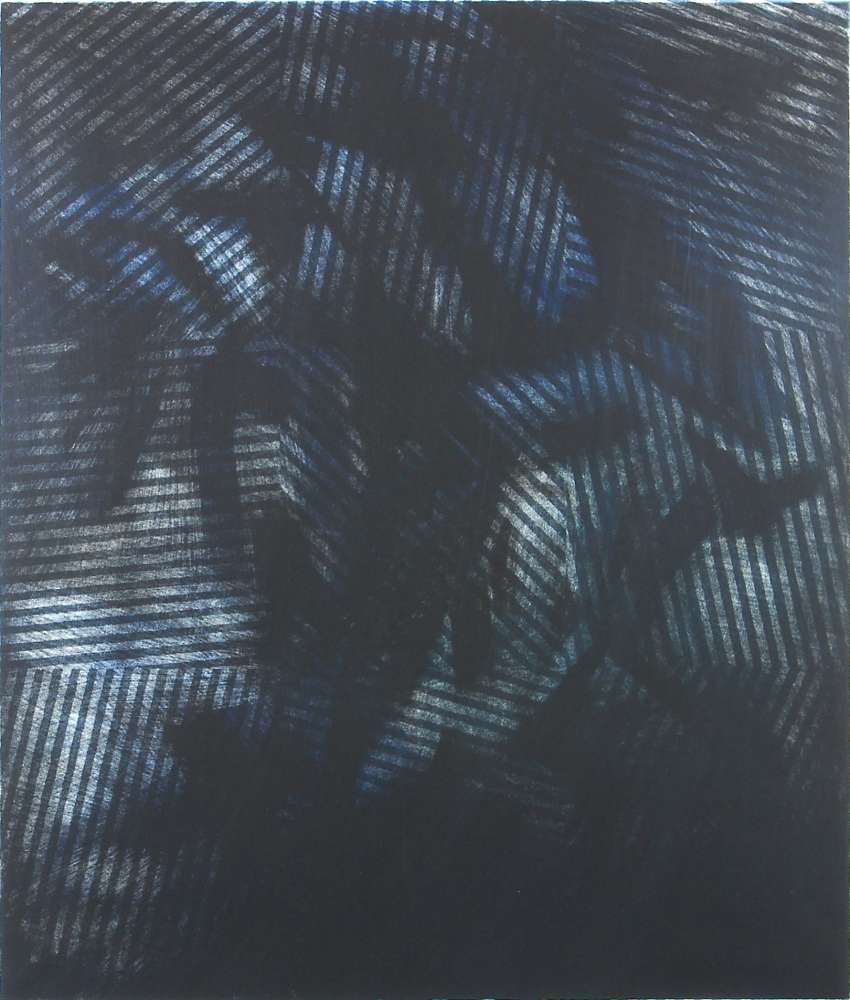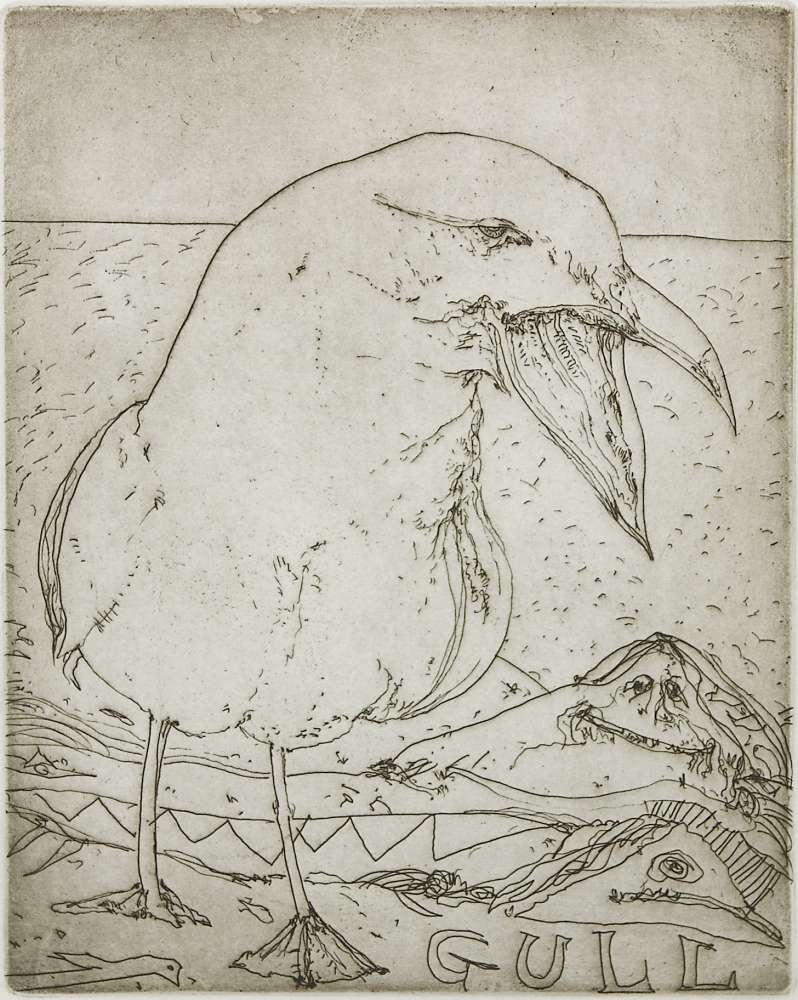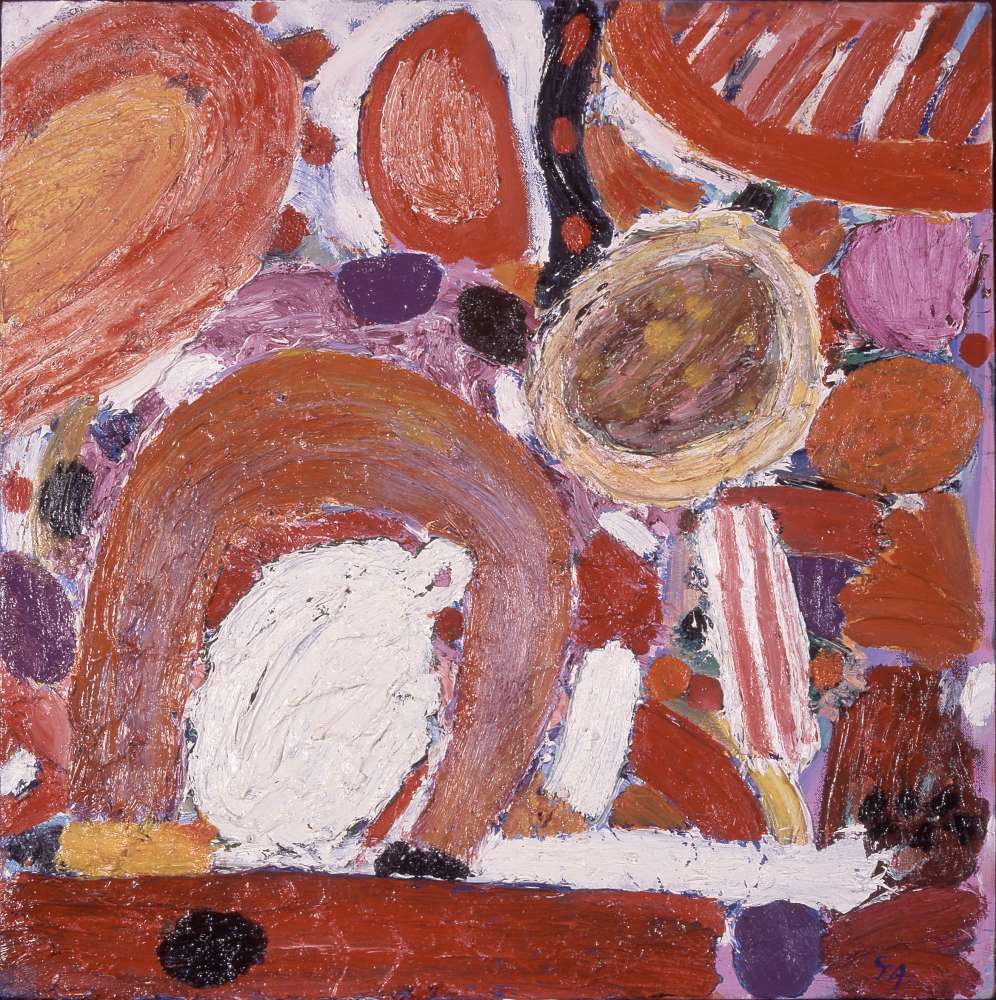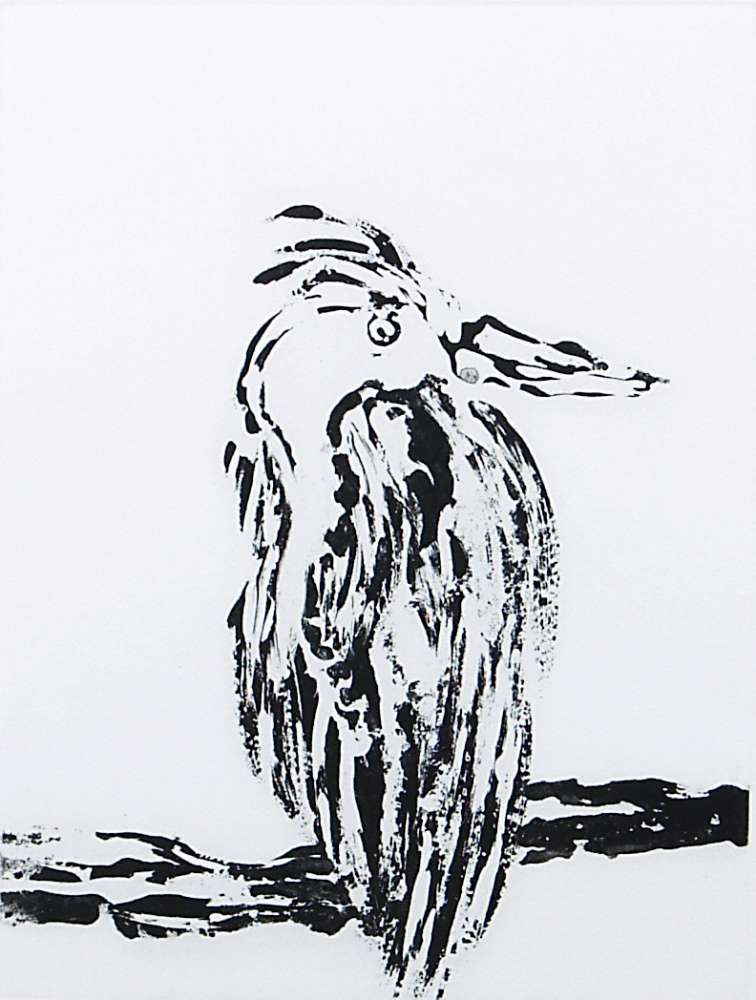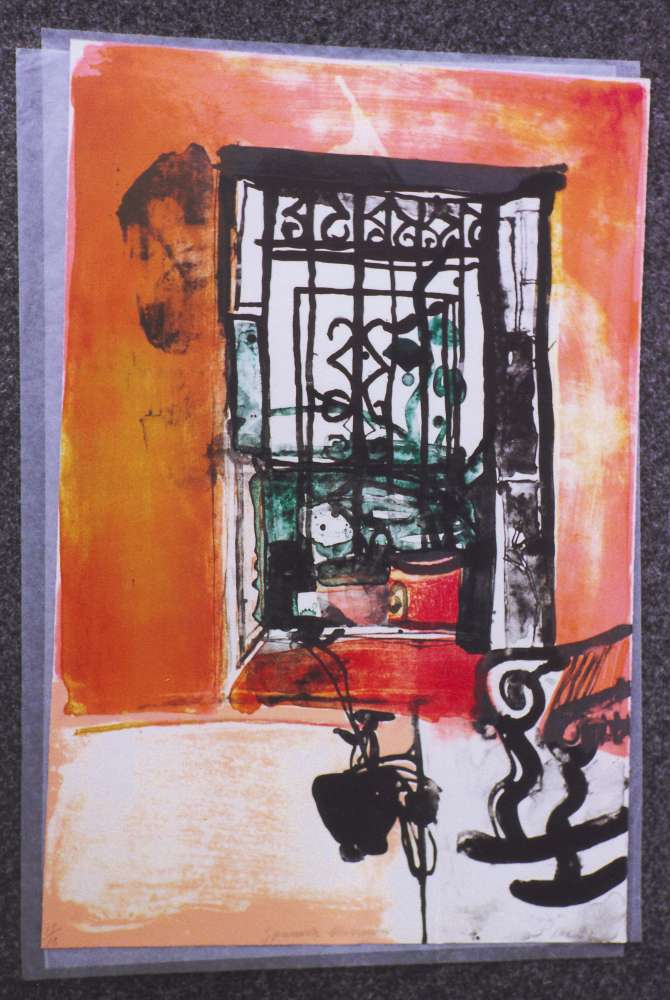Friends of the Mead 1987-2011
Many museums and galleries have active Friends associations which provide valuable support through the provision of volunteer helpers who carry out a range of duties, from taking admission fees to acting as guides or contributing to the education service of the organisation. Their subscription fees often provide the basis for larger fund-raising activities which lead to the purchase of works for the collection, support of exhibitions and publications and, occasionally, new buildings.
The Friends of the Mead were founded in 1987, a year after the gallery opened, and was sadly disbanded in 2011 after a gradual decline in membership and dwindling support for the programme of activities. It always remained a small organisation with a maximum membership between 100 and 200 so its capacity for income generation was modest. However, the first committee hit on a novel way of raising money by capitalising on the artistic talents of its members. It was realised that a sizeable proportion of the Friends were themselves artists who regularly exhibited their work in societies, open competitions and commercial galleries in the region. The Friends established year-round selling exhibitions of members' work in two of the University's management training centres - Radcliffe House and Scarman House - where the constantly changing population of visiting delegates provided a potential market. A small hanging fee was charged for each item and a percentage of sales retained by the Friends as commission. This formed a large element in the group's income and from 2001 was augmented by the proceeds of a periodic prize draw for a work of art donated by an artist. The first four prizes were artist prints by Sir Terry Frost RA, Tessa Beaver, Mary Fedden RA, and Paul Hogarth.
These activities enabled the Friends to make regular contributions to the University Art Collection acquisitions budget, raising £25,000 and resulting in the purchase of over forty works. They reflected the diversity of the collection as a whole in terms of style and media and comprised thirty-six works on paper, six paintings on canvas and two ceramic works.
Created by:
Mel Lloyd-Smith
Short Description:
A selection of the works purchased by the Friends of the Mead
Find out more about each work:
Slab Built Jug by Alison Britton
The Widening Gyre by Tessa Beaver

